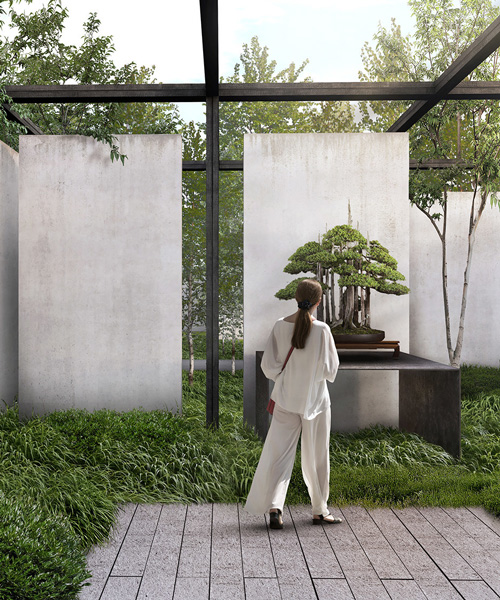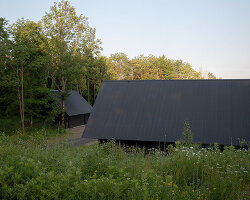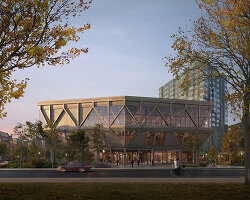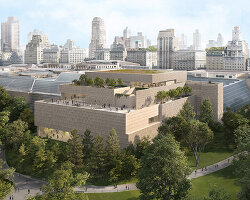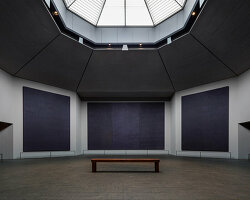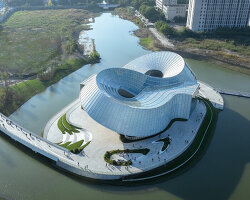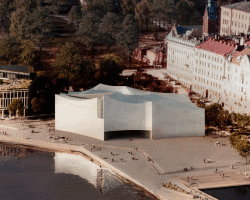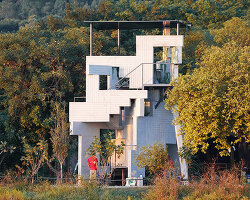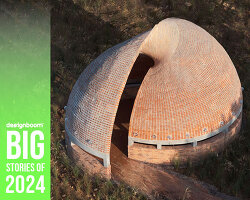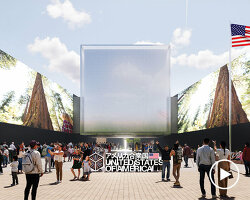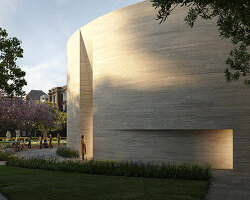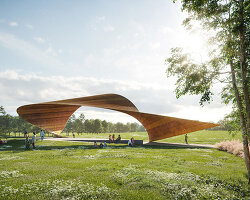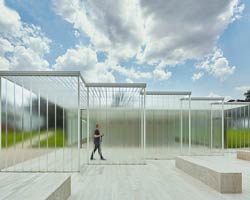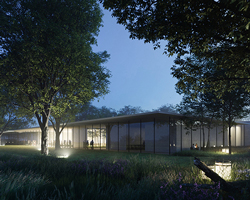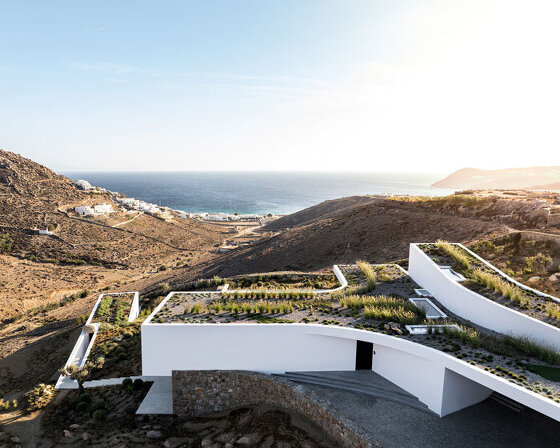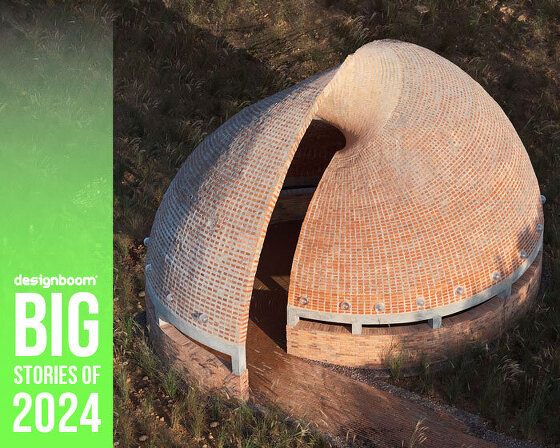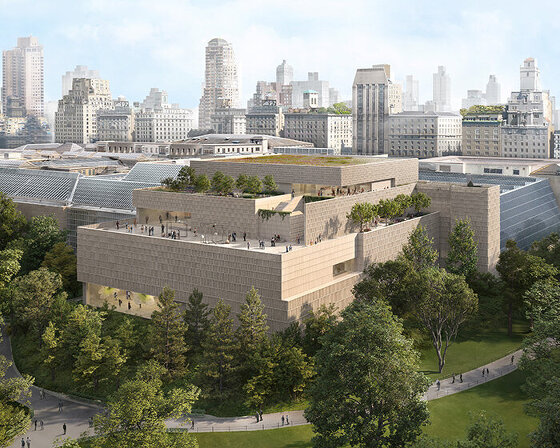trahan architects + reed hilderbrand have conceived the national bonsai and penjing museum as an immersive, cohesive garden experience. situated within the US national arboretum in washington, DC, the museum includes trees and viewing stones from japan, china, north america, and other international locations. the concept design, which was recently approved by the US commission of fine arts, organizes the museum’s program around a central court, from which a network of paths takes visitors to the four exhibitions that blur their boundaries with the larger, surrounding park.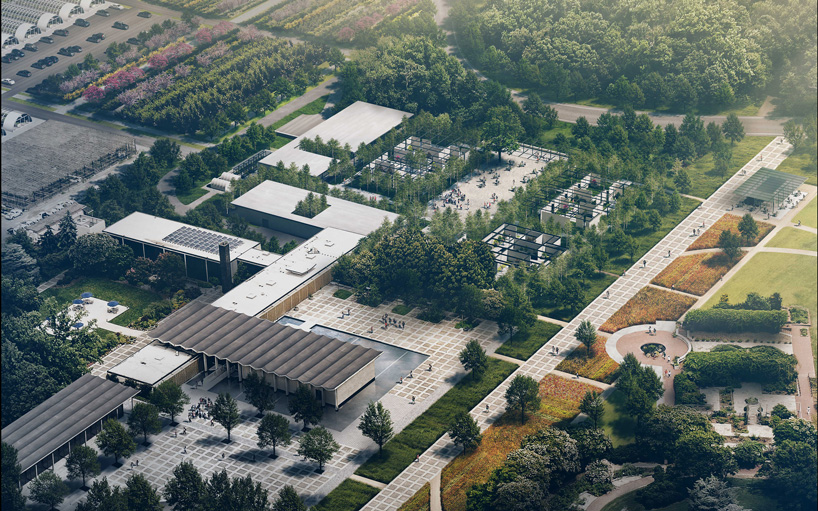 renders courtesy of design distill for trahan architects/ reed hilderband
renders courtesy of design distill for trahan architects/ reed hilderband
the national bonsai and penjing museum at the US national arboretum in washington, DC, promotes the art of bonsai and penjing to visitors through one of the finest and most extensive collections in the world. the concept design by trahan architects + reed hilderbrand establishes an extensive grove of understory trees as the principal image and identity of the museum. mixed species surround and frame the various exhibitions and the central court, while . charred wood posts and trellises rise above the exhibition spaces to filter light and shape a sense of enclosure.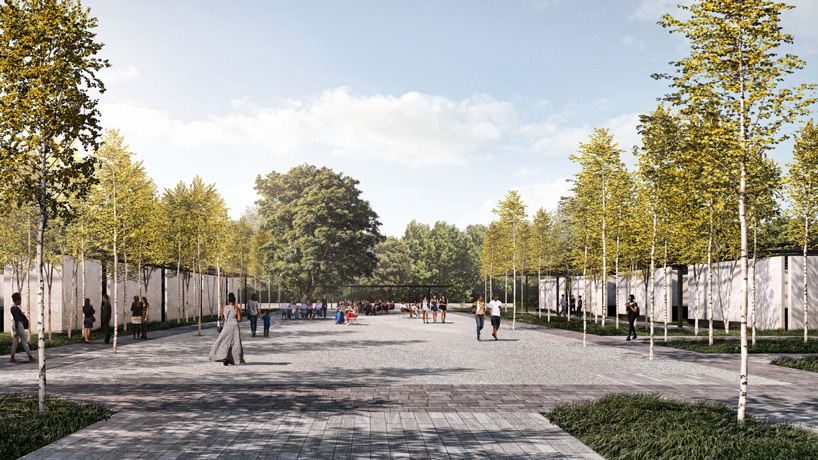
the architecture of the museum is restrained and practical, offering an elegant neutral backdrop for the bonsai and penjing within. from the central court, a network of paths takes visitors the four exhibitions, expanded classroom, and administrative services of the program.
‘it’s about deferring to the power of the bonsai & penjing,’ says trey trahan, architect for the bonsai and penjing museum and founding principal of trahan architects. ‘the architectural expression is subtle — composed of elemental components that respond to the unique environmental conditions of the site. we wanted the visitor to embark upon a journey that created a sense of mystery, where the boundaries between the landscape and the architecture are blurred, inviting people to reflect upon these unique cultural artifacts within a lush garden setting.’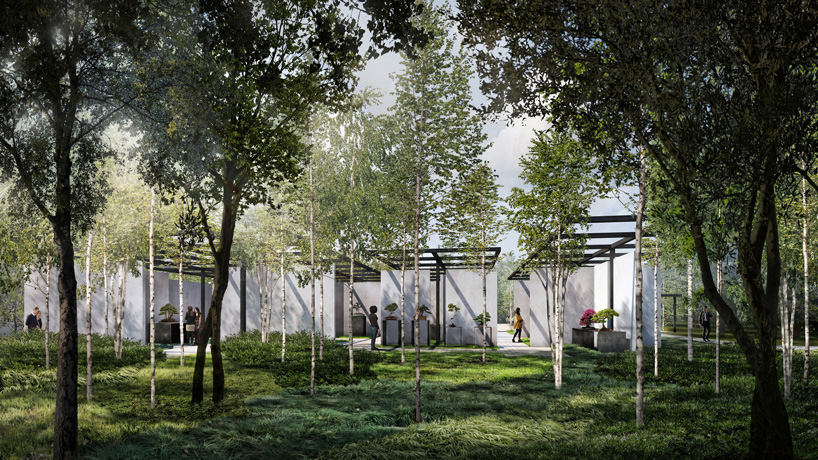
the national bonsai and penjing museum is the first project within reed hilderbrand’s master plan update for the US national arboretum’s core, which the US commission of fine arts also approved during summer 2020. ‘the legacy of global cultural exchange through horticulture takes on an important meaning today in washington,’ notes douglas reed, founding principal of reed hilderbrand. ‘we have sought to elevate a world-class collection, making it more accessible, where visitors can make a powerful connection between a bonsai beech tree in the museum and its full grown expression in the national arboretum woods.’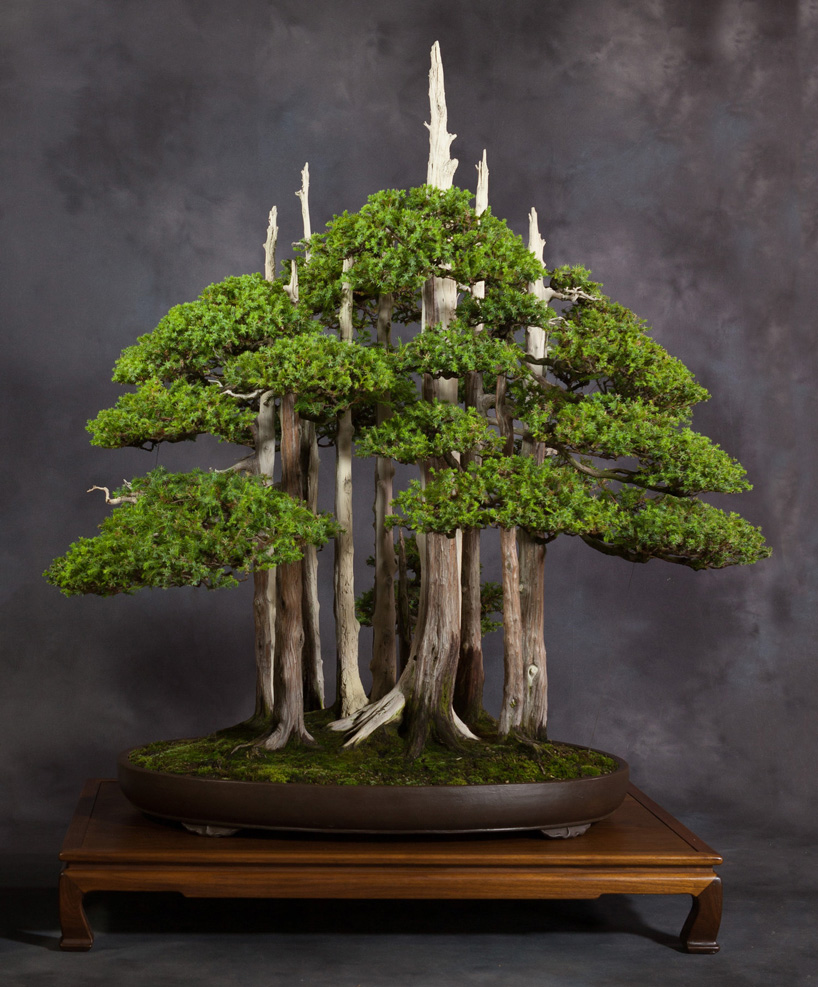 ‘goshin’ chinese juniper forest, juniperus chinensis, in training since 1953, gift of john yoshio naka, 1984, courtesy of the national bonsai and penjing museum
‘goshin’ chinese juniper forest, juniperus chinensis, in training since 1953, gift of john yoshio naka, 1984, courtesy of the national bonsai and penjing museum

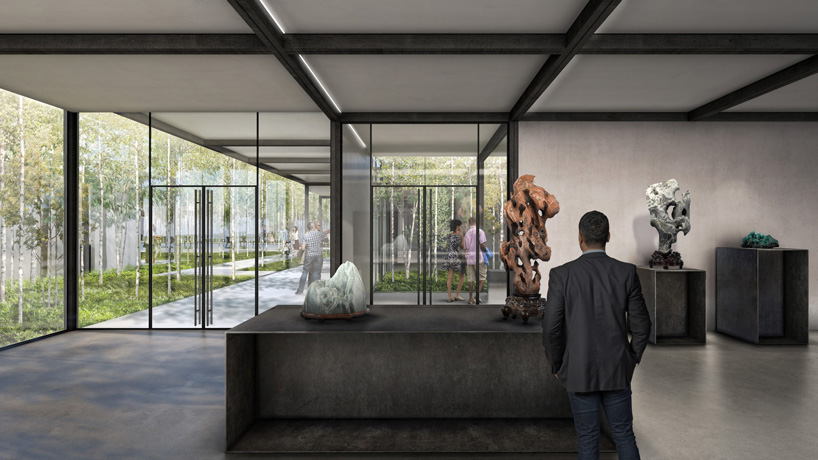
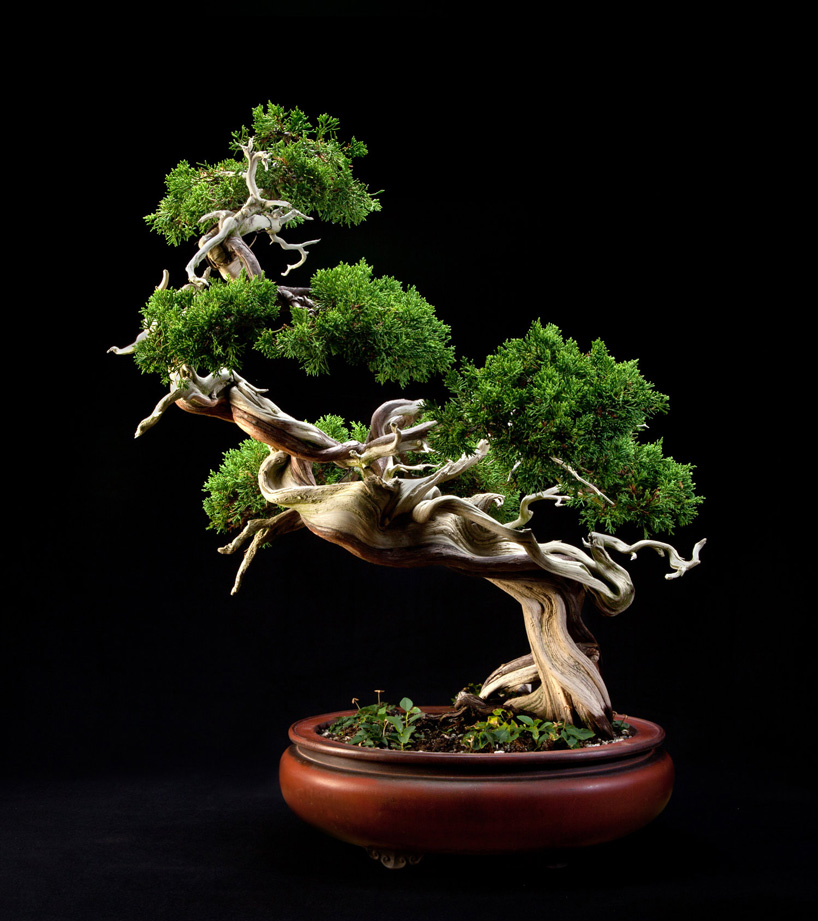 sargent juniper, juniperus chinensis, in training since 1905, gift of kenichi oguchi, 1976, courtesy of the national bonsai and penjing museum
sargent juniper, juniperus chinensis, in training since 1905, gift of kenichi oguchi, 1976, courtesy of the national bonsai and penjing museum
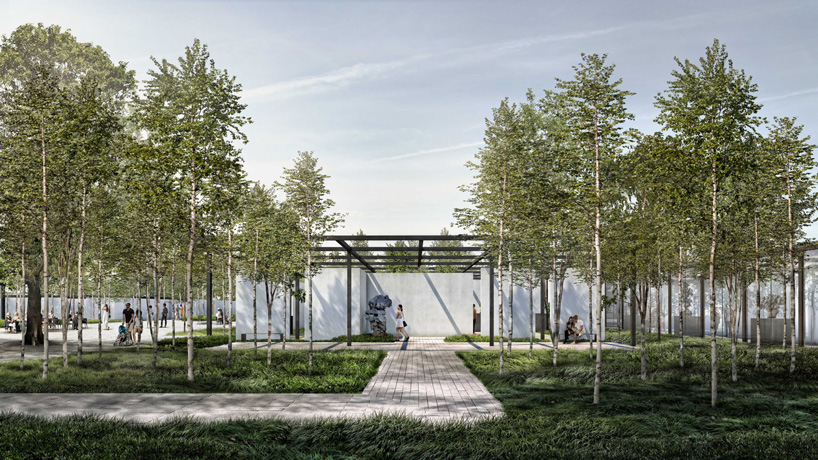
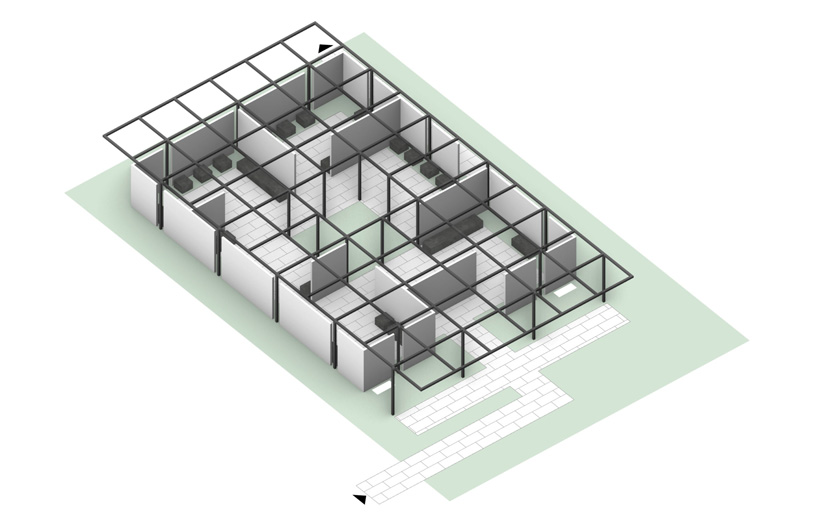
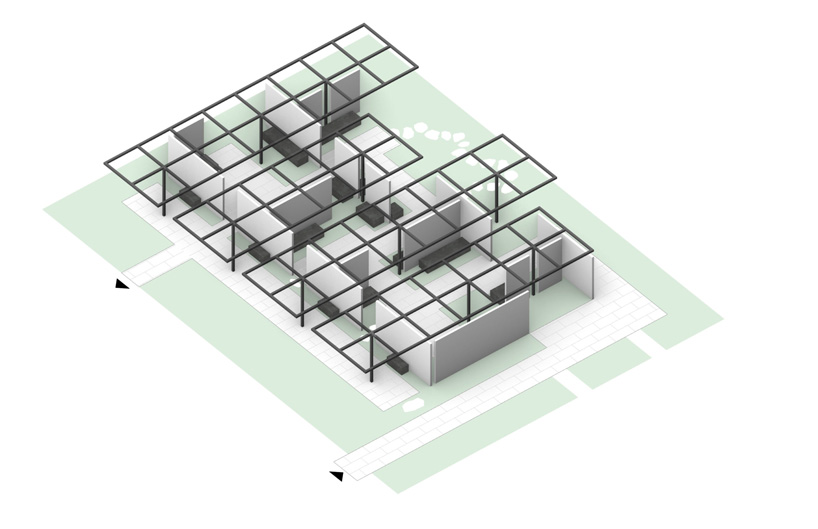
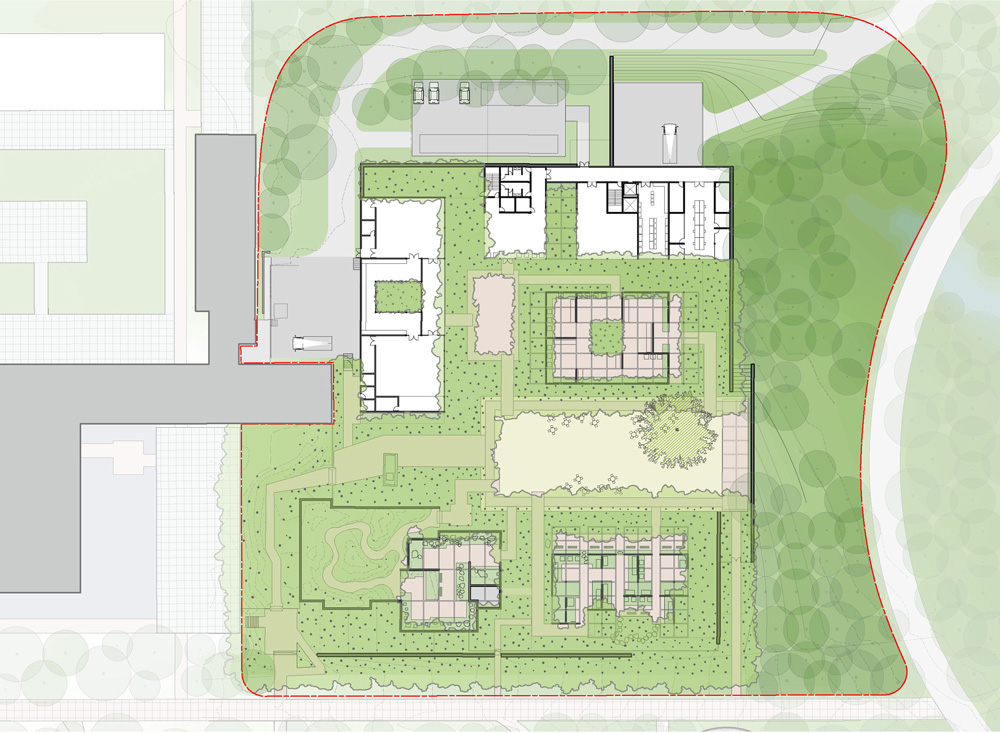
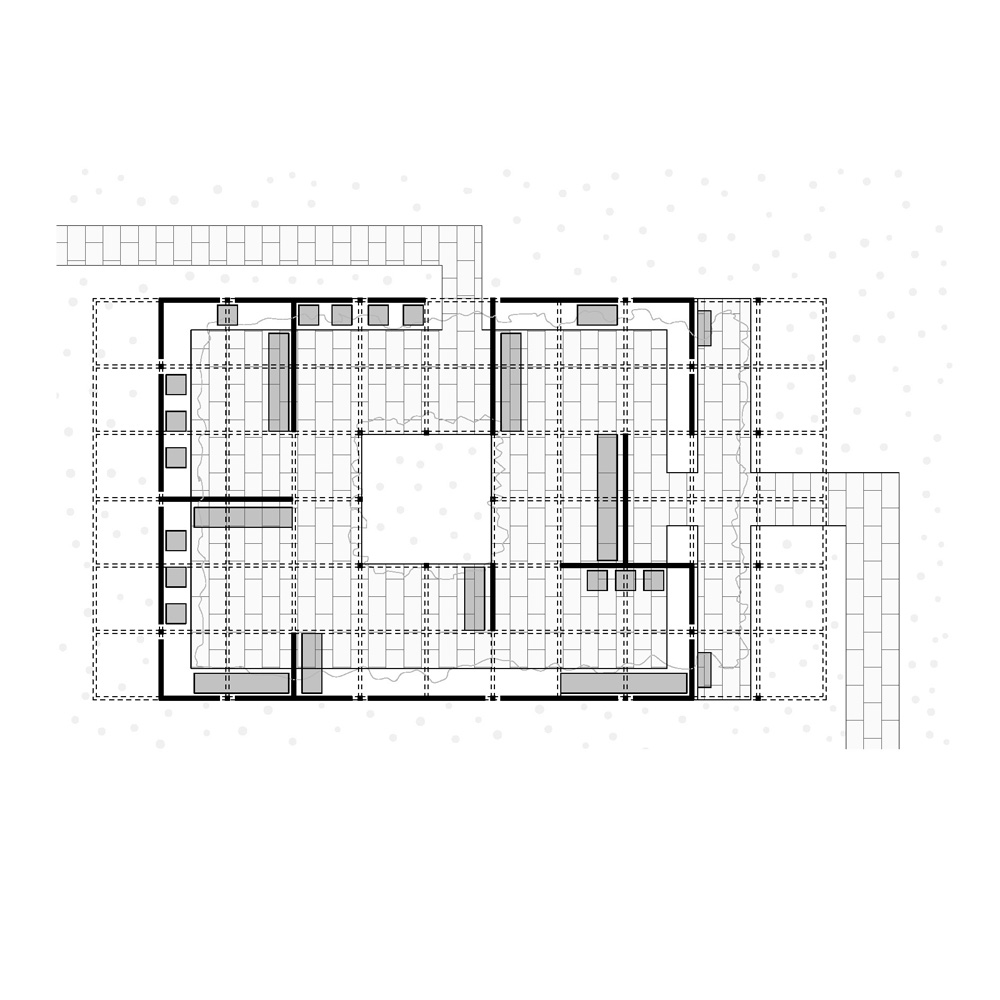
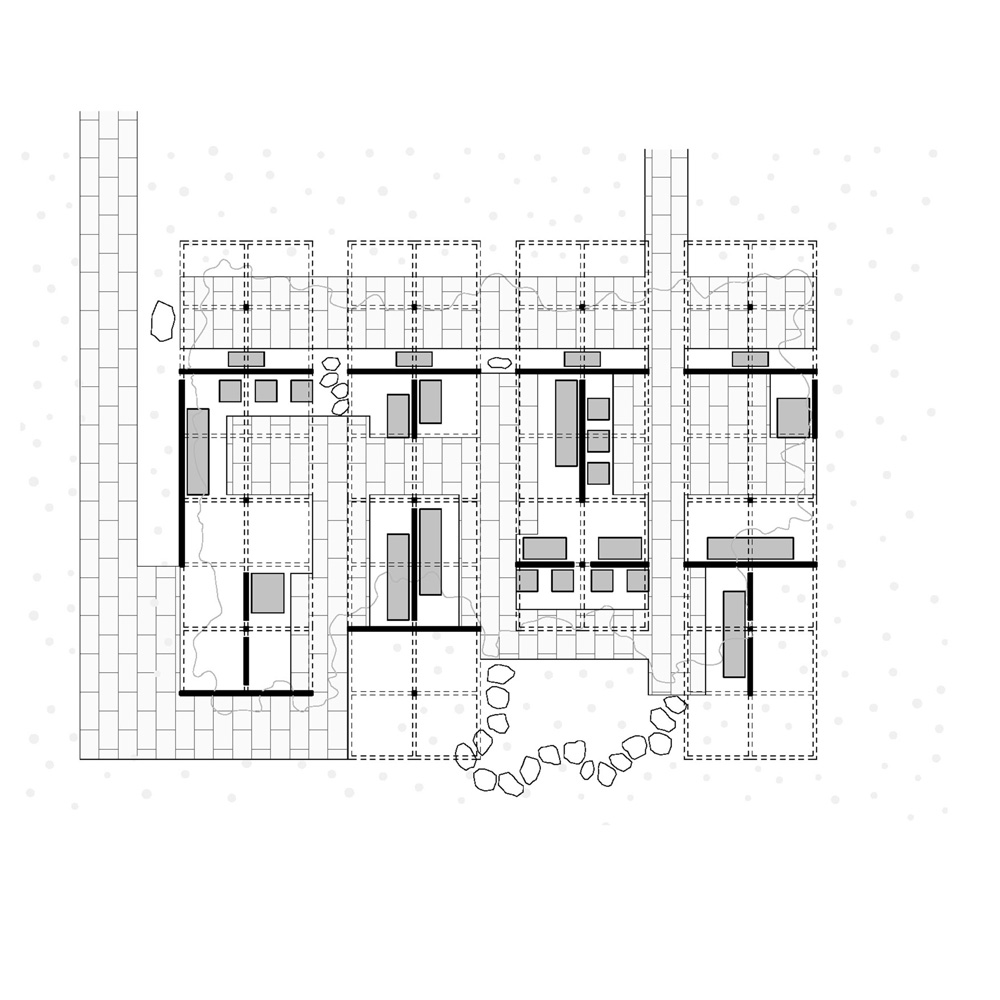
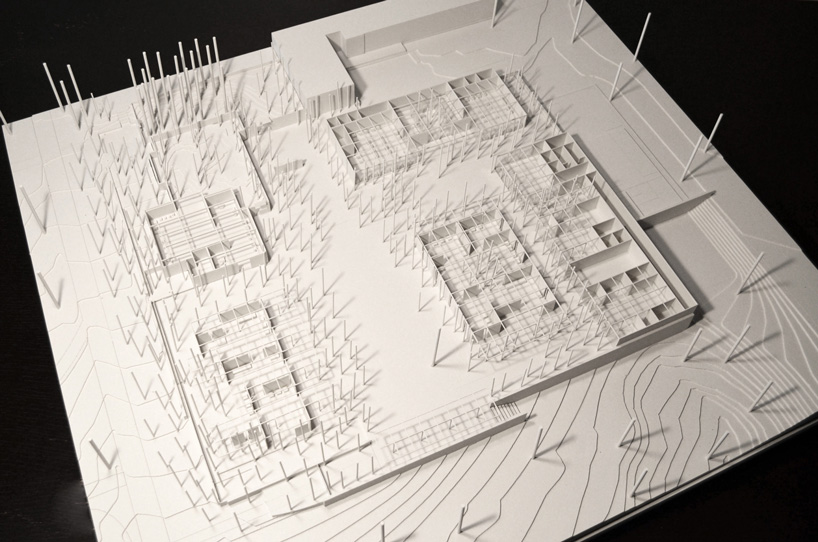
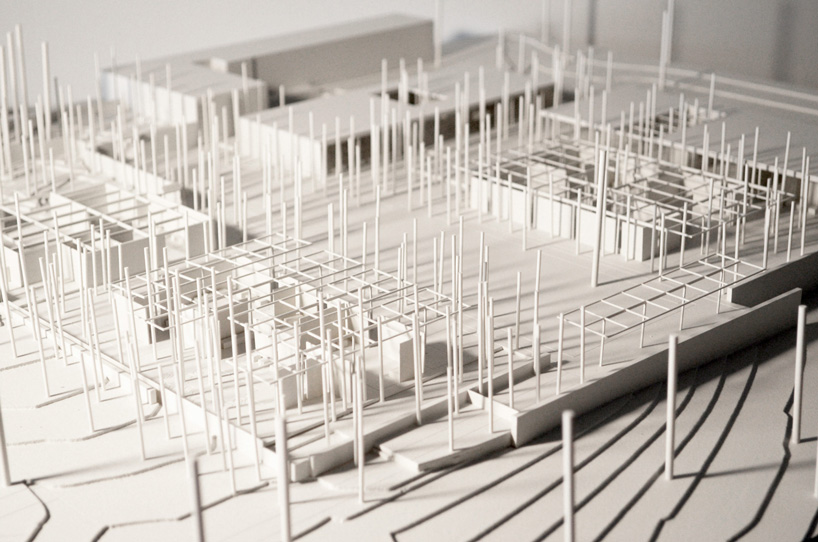
project info:
name: the national bonsai and penjing museum
architect: trahan architects + reed hilderbrand
location: washington, D.C., U.S.
collaborator: design distill
stakeholders: U.S. department of agriculture (USDA), the U.S. national arboretum, the national bonsai foundation
